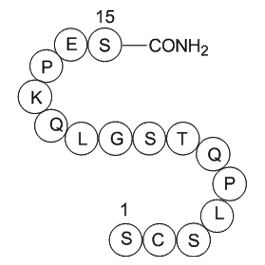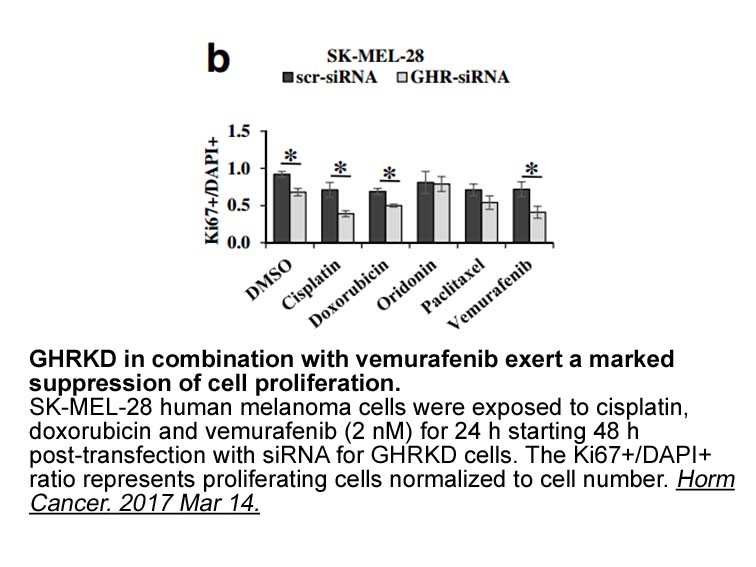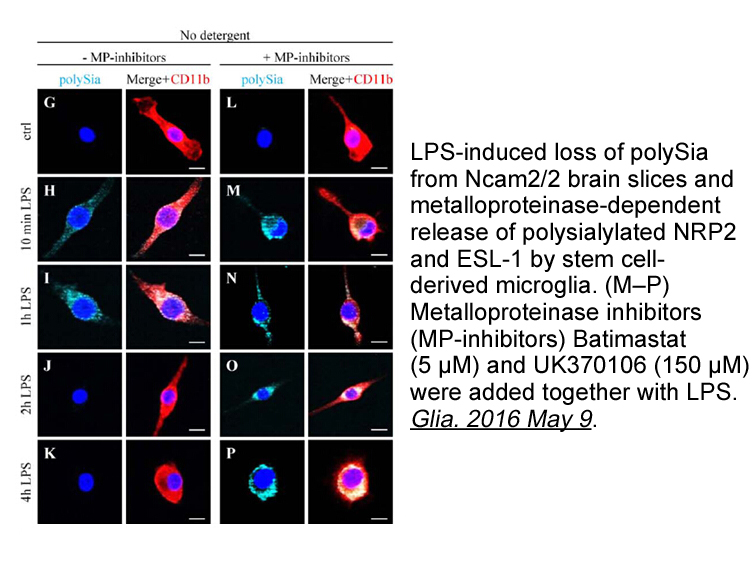Archives
- 2025-11
- 2025-10
- 2025-09
- 2025-04
- 2025-03
- 2025-02
- 2025-01
- 2024-12
- 2024-11
- 2024-10
- 2024-09
- 2024-08
- 2024-07
- 2024-06
- 2024-05
- 2024-04
- 2024-03
- 2024-02
- 2024-01
- 2023-12
- 2023-11
- 2023-10
- 2023-09
- 2023-08
- 2023-07
- 2023-06
- 2023-05
- 2023-04
- 2023-03
- 2023-02
- 2023-01
- 2022-12
- 2022-11
- 2022-10
- 2022-09
- 2022-08
- 2022-07
- 2022-06
- 2022-05
- 2022-04
- 2022-03
- 2022-02
- 2022-01
- 2021-12
- 2021-11
- 2021-10
- 2021-09
- 2021-08
- 2021-07
- 2021-06
- 2021-05
- 2021-04
- 2021-03
- 2021-02
- 2021-01
- 2020-12
- 2020-11
- 2020-10
- 2020-09
- 2020-08
- 2020-07
- 2020-06
- 2020-05
- 2020-04
- 2020-03
- 2020-02
- 2020-01
- 2019-12
- 2019-11
- 2019-10
- 2019-09
- 2019-08
- 2019-07
- 2019-06
- 2019-05
- 2019-04
- 2018-07
-
br STAR Methods br Author Contributions br
2023-09-18

STAR★Methods Author Contributions Acknowledgments We thank Craig D. Wenger and Neva C. Durand for helpful advice, guidance, and discussions. D.H.P. is supported by the NIH National Human Genome Research Institute (NHGRI) (grant R00HG008662) and the Damon Runyon Cancer Research Foundation (D
-
br Results br Discussion Control
2023-09-18

Results Discussion Control of chronic inflammation is important in several inflammatory conditions like asthma, rheumatoid arthritis and fibrosis in lung diseases. The regulatory pathways that control chronic inflammation are complex and multi-factorial. Over expression of inflammatory mediato
-
br Materials and methods br
2023-09-18

Materials and methods Results Discussion Pulmonary fibrosis is a progressive and chronic lung disease and its typical features include Emodin sale proliferation, epithelial injury, chronic interstitial inflammation, increased extracellular matrix (ECM) production, and collapse of alveoli,
-
br Small molecule homoisoflavonoid in combination with anti
2023-09-16

Small molecule homoisoflavonoid in combination with anti-VEGF therapy Basavarajappa et al. [11] reported a new synthetic homoisoflavonoid compound, SH-11037 by modifying the structure of naturally occurring homoisoflavonoid cremastranone. SH-11037 exhibited promising inhibition of human retinal m
-
actin inhibitor Intracellular Signaling Cascades From ligand
2023-09-16

Intracellular Signaling Cascades. From ligand sensitization to translation of genes, all cellular processes are dependent on the intracellular levels and activity of partners involved in the signaling pathway. These signaling events lead to critical post-translational modifications including phospho
-
The excellent safety profile of solanezumab and
2023-09-16

The excellent safety profile of solanezumab and encouraging trends in the exploratory analyses in mild AD led to its inclusion in two secondary prevention trials, which are continuing in the hope that earlier intervention may yield more substantial benefit. The A4 study (NCT02008357) started in Febr
-
br Polymorphic variation ERAP is polymorphic and several sin
2023-09-16

Polymorphic variation ERAP1 is polymorphic and several single nucleotide polymorphisms (SNPs) in its gene that encode amino ORY-1001 receptor changes have been associated with predisposition to a variety of diseases, ranging from viral infections to cancer and autoimmunity (Alvarez-Navarro and Lo
-
Introduction Aldose reductase ALR is the first
2023-09-16

Introduction Aldose reductase (ALR2) is the first enzyme of the polyol pathway that catalyzes the reduction of glucose to sorbitol utilizing NADPH as a cofactor. The intracellular accumulation of sorbitol, due to increased aldose reductase activity at high blood glucose levels, such as those occurr
-
Mass spectrometry MS analysis and selective enrichment metho
2023-09-16

Mass spectrometry (MS) analysis and selective enrichment methods of phosphorylated proteins are powerful tools that can help address these challenges. Recent advances in MS have made it possible to analyze signaling pathways by facilitating high-throughput identification of phosphorylation sites wit
-
To validate the identified phosphorylation sites in
2023-09-16

To validate the identified phosphorylation sites in the mouse heart, we analyzed HEK 293T SGC707 australia transfected with Adrb1 based on the hypothesis that protein residues phosphorylated both in vivo and in vitro are more likely to be physiologically relevant. All of the phosphorylation sites i
-
br Expression of adiponectin mRNA in chickens We first
2023-09-16

Expression of adiponectin mRNA in chickens We first sought to determine the nucleotide sequence of the chicken adiponectin cDNA. The open reading frame of the chicken adiponectin cDNA consists of 735 nucleotides that was 65–68% homologous to various mammalian adiponectin cDNAs (Maddineni et al.,
-
Despite hydrolysis with commercial enzymes like trypsin peps
2023-09-15

Despite hydrolysis with commercial enzymes like trypsin, pepsin, Alcalase, Flavourzyme and Thermolysin have been used to digest parent proteins and generate peptides, microbial fermentation by proteolytic species has also proved to be a successful strategy (Fakhfakh et al., 2013, Jemil et al., 2016,
-
The srd a isoforms showed unique
2023-09-15

The srd5a isoforms showed unique expression profiles in early FHM development (Fig. 2). Similar to amphibian embryos, there was a high abundance of both srd5a1 and srd5a3 at 1dpf in FHMs, suggesting that mRNA for these enzymes may be maternally deposited and that these enzymes may play a key role in
-
Our research is the first to report
2023-09-15

Our research is the first to report that administration of HMW-HA is an effective strategy to defend against PM2.5-induced disruption of pulmonary epithelial barrier and lung injury, and addresses that HMW-HA restricts PM2.5-induced epithelial apoptosis through reducing oxidative stress and followin
-
The most likely explanation for
2023-09-15

The most likely explanation for the species differences in aromatase distribution and the unique papain distribution in humans is the unique location, size and highly elaborate organization of the human aromatase gene (e.g. Bulun et al., 2003). The human Cyp19 is a large gene located on chromosome 1
15828 records 280/1056 page Previous Next First page 上5页 276277278279280 下5页 Last page